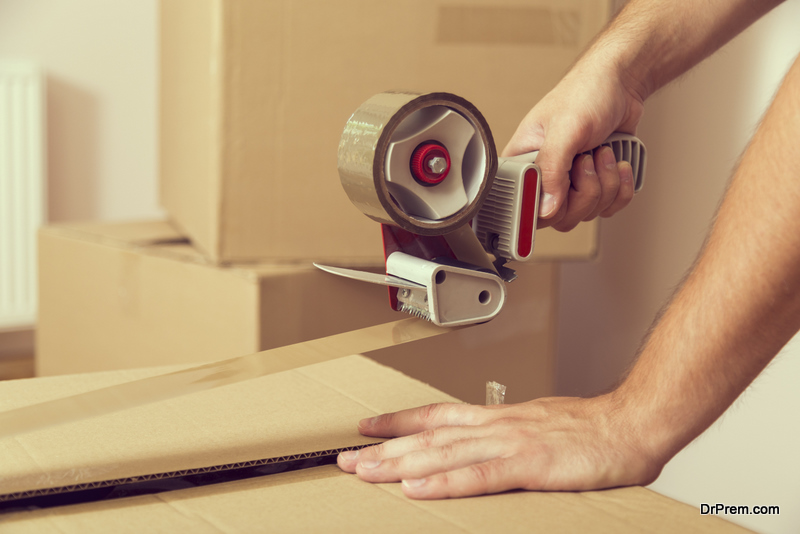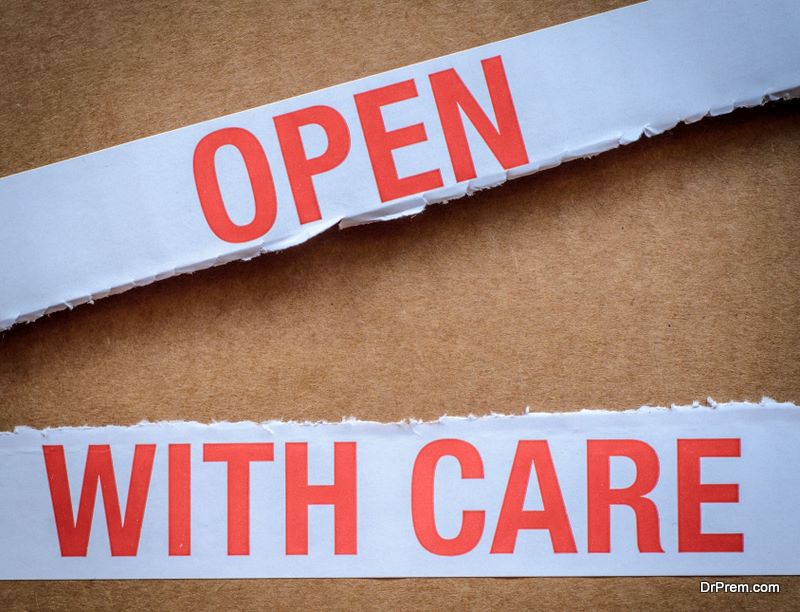Shipping artwork safely is itself an art. Where artwork is the representation of your efforts and the value it carries, it can be fragile and bulky as well. That’s what makes shipping art a sensitive process. However, we are here to help you prepare for and plan the transit of your artwork while ensuring maximum safety.
Below are a few tips on how to safely pack and ship your artwork.
Properly Packaging Your Painting
You’ll want to take extra care and attention when packaging your artwork so that it doesn’t damage during transit. Packing material depends on the paints and materials you’ve used in your artwork because different art elements have unique shipping needs.
You need to determine if your painting includes a frame, heavy canvas, glass covering, or other elements. For instance, oil painting needs to be wrapped with acid-free paper and then you can add a second layer of bubble wrap to protect the painting. However, it’s always better to add enough packing material, such as packing papers, bubble wrap, foam sheets, and tape to ensure maximum protection.
Supplies you’ll need to pack your artwork:

- Knife or glass cutter
- Acid-free paper or pallet wrapping
- Bubble wraps
- Thick cardboard
- Foam sheets
- High-quality packaging tape
- Cardboard corner protectors
Steps to properly pack your artwork:
- Use a plastic wrap of stretch pallet wrapping or acid-free paper and heavy-duty packing tape for the first layer. It gives sealed protection to your art pieces.
- Start wrapping from the back so that all diagonal crosses are at the back of the piece. This way, your piece gets a smooth, protective layer on the front.
- It’s recommended to cut small slits in the back of the wrapping to keep it from trapping moisture.
- Add a second layer of the flat cardboard piece. Cut the piece to create a tight fit around the first layer. You can also consider adding cardboard protectors to the corners of your piece for added protection.
- Add a third layer of bubble wrap and get it as tight as possible for a secure fit. You can also add a layer of foam sheet for added protection.
Boxing
After you’re done wrapping your artwork, it’s time to box it. You can order outer boxes from online stores like Amazon or Etsy or get them from a nearby store or shipping company. You’ll want to use a box that has a minimum clearance of around 2 on each side of the artwork so that the piece easily fits the box. For example, if your painting is 20” x 20” then you’ll need a box that’s at least 24” x 24”.
Here’s how to box your artwork:

- Slide your wrapped artwork into the cardboard box.
- Fill empty space with additional bubble wrap to eliminate any extra space in the box.
- Use high-quality tape to tightly secure the box; make sure to cover all seams of your box. Use a tapping gun if possible.
Deciding on the Art Shipping Company
You may want to deliver the piece on your own but the process can be hectic. So, it’s better for a professional art shipping company to handle it for you. You’ll want to partner with an economical yet reliable shipping company to ensure that the shipping isn’t costing you the earth and your artwork is not damaged during transit.
If you want to ship your artwork internationally, then choose a carrier partner that offers international shipping services like Classic F.A. Make sure that the shipping company is certified and licensed for import/export. For shipment of many paintings or a large crate, consider cargo service as it is an economical option when your package is heavy or large.
Insurance
Though you do your best to protect your artwork during transit, damage is inevitable. So you should be prepared for any such unforeseeable damages by purchasing insurance to protect against loss.
There are several ways to insure against loss. You can choose a delivery company that offers coverage by default. However, they usually offer very minimal covering so you can consider more coverage for full protection. Ask your shipping company about their policies for additional coverage.
If you don’t ship quite often then simply go with the carrier insurance. However, if you ship regularly then you may consider a business insurance policy. Look for a policy that completely covers your artwork; both during transit and other instances.
Size and Weight

Many carriers have unique policies when it comes to shipping size and weight dimensions, and exceeding these restrictions will cause you to bear additional fees. Therefore, always check with your delivery partner to know their size and weight requirements.
You can use a dimensional weight calculator to determine the dimensional weight of your packaging. This will help you know what kind of costs you can expect based on standard weight and size.
Article Submitted By Community Writer




